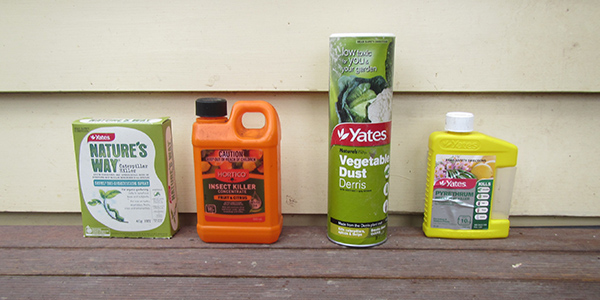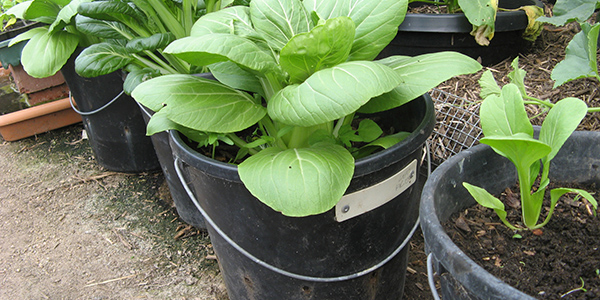Crop rotation is the practice of growing a series of different types of crops in the same area across a sequence of growing seasons. This section explains why it is important to rotate crops and discusses the different types of crop rotation plans available.
Advantages of vegetable crop rotation
There are a number of reasons why it is a good idea to practice vegetable crop rotation. They are:-
- To prevent the build-up of pests and pathogens that can occur when vegetables of a specific family group are grown continuously in the same area.
- To enrich the soil with bacteria, fungi and protozoa. Different varieties of which thrive depending on the type of vegetables that have been planted.
- To reduce the depletion of trace elements. Some vegetables draw disproportionate amounts of specific trace elements, if the same vegetables are continually grown in the same bed this can lead to a shortage of the elements they use.
For these reasons your vegetable garden will be healthier and more productive if you practice crop rotation. There are any number of different crop rotation plans to choose from but for simplicity I will look at just two, the four step crop and key crop rotation plans. Though I do briefly refer to some other options.
The four step crop rotation plan
Plant each of the four vegetable groups in four separate beds and rotate them in order of what comes next as shown in the diagram below. By following this plan you will ensure that each vegetable group will only be planted in each bed once every four years.
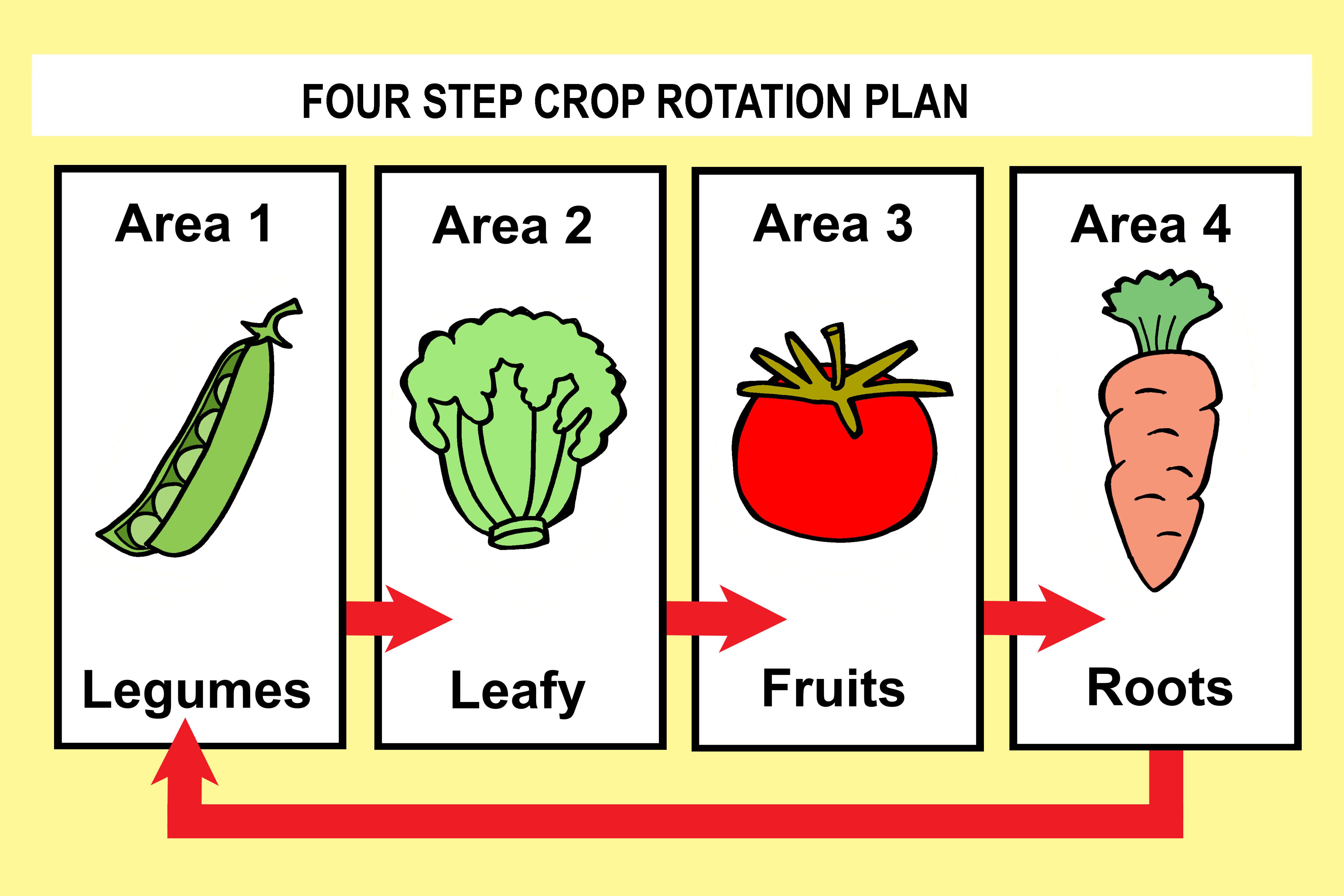
To maximise the benefits of crop rotation it is important that they be planted in the above order.
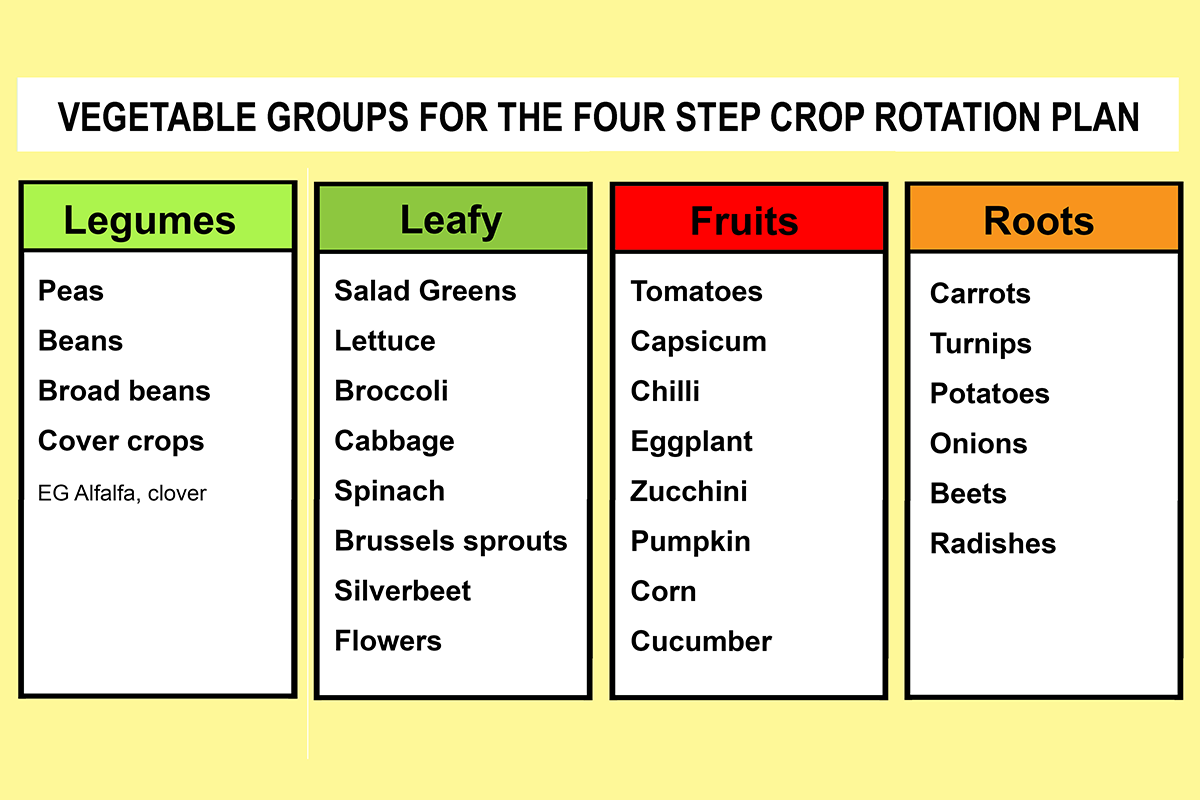
Key vegetables in each of the four crop rotation groups.
While crop rotation looks simple on paper there are several factors that can make putting a crop rotation plan into practise difficult at times.
- Crop rotation plans assume that you use equal space to grow the different groups of vegetables but usually the spacing required is much more uneven.
- Gardeners rarely have vegetable beds of equal size and shape, which can cause space issues when rotating crops.
- Vegetable growing times to harvest vary enormously. For example rocket takes as little as six weeks to harvest time while the growing season for tomatoes is several months.
- Some companion planting practices contradict crop rotation practices.
key crop rotation
An alternative to using a conventional Crop Rotation plan is to use the Key Crop Rotation plan. This involves only rotating the key crops and planting the other crops in the gaps in between and around these planted key crops. Key crops are the ones that you grow that take up the most space.
Key crop rotation is not perfect, the plantings are less likely to be in the proper sequential order and sometimes the lesser vegetables end up being grown in the same space they were planted in last time. But it is more flexible, which makes it particularly suitable for vegetable gardens that are small or have irregular shaped beds. For more information see: The Key Crop Rotation Plan.
Other crop rotation plans
Note that there are more elaborate crop rotation plans, some of them involving several steps. Two other common crop rotation plans are:-
- THREE CROP ROTATION
Involves reorganising the vegetable varieties into three simplified groups.
1. ROOT AND BULB
2. FRUIT AND SEEDS
3. LEAF AND STEM
This simpler crop rotation plan is best suited to small gardens with limited space. - FIVE CROP ROTATION PLAN
Includes a fifth group which is left fallow or sown with a manure crop. This works best in larger gardens where there is plenty of spare land.
Variations in vegetable group listings
There is some variation between vegetable gardening books and websites as to what vegetables should be placed in the different crop groupings. For instance some put carrots, beetroot and parsnips in with fruiting vegetables, listing them under the catchall term of “Other”. But I prefer to list them all under the Roots group as they have similar fertilser requirements and it easier to remember that all root crops go in that group.
Recording crop plantings
Whatever type of crop rotation plan you use it will be easier to implement if you record what beds the different vegetables were planted in each season. This can be as simple as recording your plantings in a notebook or something more elaborate like a spread sheet.
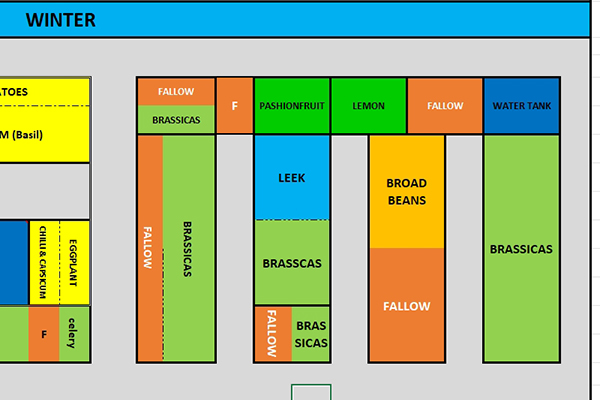
These days I record my vegetable plantings using an excel spread sheet chart.
Crop rotation exemptions
It is possible to plant some vegetables repeatedly in the same spot but the longer you do it the more likely you are to end up with disease problems.
I have planted my potatoes in the same spot for many years now, planting in mid-spring then fallowing the bed after the crop has been harvested in early winter. I do this because potatoes are hard to remove from a bed once planted and the bed they are in gets no sun in winter, so not much can be planted in it then.



